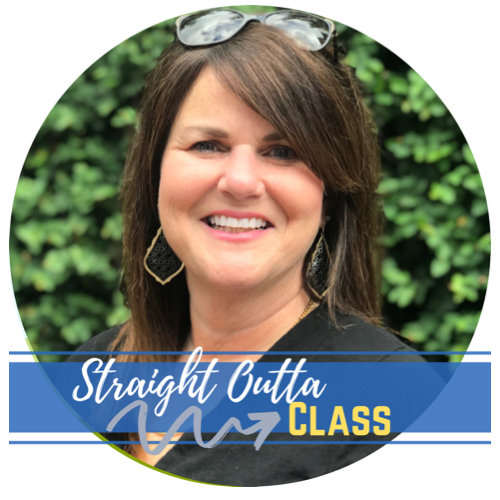January ELA Ideas to Jumpstart the New Year
- Melissa Castillo

- Dec 30, 2023
- 3 min read
Is it just me or does January seem somewhat blah after the glitz and glitter of the holidays with students who return to your classroom less than enthusiastic? Getting everyone (that includes you!) back into the school routine and excited about learning again can be a challenge. Here are some fresh ideas to help you boost engagement and motivation.
Jolly Grouping Strategy
Something as simple as different seating arrangements can breathe new life into your classroom. I changed up seating on the first day back in a fun way that really grabbed my students’ attention. You can use this same idea when you want to group students for a special project or assignment.

Here’s how it works:
Choose the number of groups you want. Designate each group using a different color of Jolly Rancher.
Purchase and separate the correct number of Jolly Ranchers and colors to match your desired seating/group arrangement.
Display instructions explaining that students should find their matching classmates and find the table for their new seating assignments. Each table or desk grouping has a color name card for easy identification.
As students enter your room, hand each one a random (or not so random) Jolly Rancher from your candy container. Be sure to provide something for special dietary needs kids. (Once grouped, your special diet kiddo will exchange the candy piece for a treat they can have.) *Candy not allowed? Message me for how to use a deck of cards instead.
Sorting Activities
We know anything that makes learning fun while improving comprehension is a big win for students and teachers alike. I used sorting activities when I wanted my students to practice identifying and categorizing different types of sentences like simple, compound, complex, and complex/compound sentences as well as fragments and run-ons.
Each student or group has a sorting card, set of instructions, and sentence cards. To begin the activity, students read the instructions, put the cards into a stack, and start sorting them into the appropriate category. The digital version gave me the option of assigning the same activities to my virtual students or using in it my classroom with Chromebooks. Preview the resource here to see the digital version.

Heads Up Vocabulary Game
Are you tired of reading the same vocabulary sentences from your students? Heads Up is one way to review vocabulary as a class, and it's easy to set up. My students asked to play any time we started a new vocabulary list, and they were more successful at learning and understanding the meanings using this method.
Take a list of vocabulary terms and write each word on an index card or create the cards on a computer.
Shuffle the cards and place them in a stack with the words face down.
Stand in front of students and draw one card without looking at the word. Put the card on your forehead with the word facing students. (You can also let students volunteer to be the card holder and guess the word.)
Students give you clues without using the word or any form of it to help you guess the word. They can describe the word using definitions, synonyms, or instances where the word would occur or be used.
Once you've played the game, students can demonstrate their understanding with an activity like creating memes that incorporate vocabulary. Download a vocabulary choice board for the complete meme activity and even more options.
Reader’s Theater
Get your students involved in the lesson with reader’s theater. When you do, students practice fluency, expression, and increase comprehension while adding movement and maybe even a bit of entertainment to your class. It requires some preparation including choosing a script, assigning parts, and organizing students, but I'm always happy with their performance when we finish.
Choose a piece of literature that can be divided into parts or check your literature book or reading magazines for scripts that are already formatted. Try this adaptation of The Gollywhopper Games that is ready for you to use.
Assign reading parts to each student.
Ask students to practice reading their part.
Organize the class for the reading production.
As an extension to the reader’s theater lesson, have students respond to the reading using reading task cards.
Finally, jumpstart the new year with free resources. Just click each image to download the freebie!
Happy Teaching!

Click below to share the post with your teacher friends!
.png)


















Comments